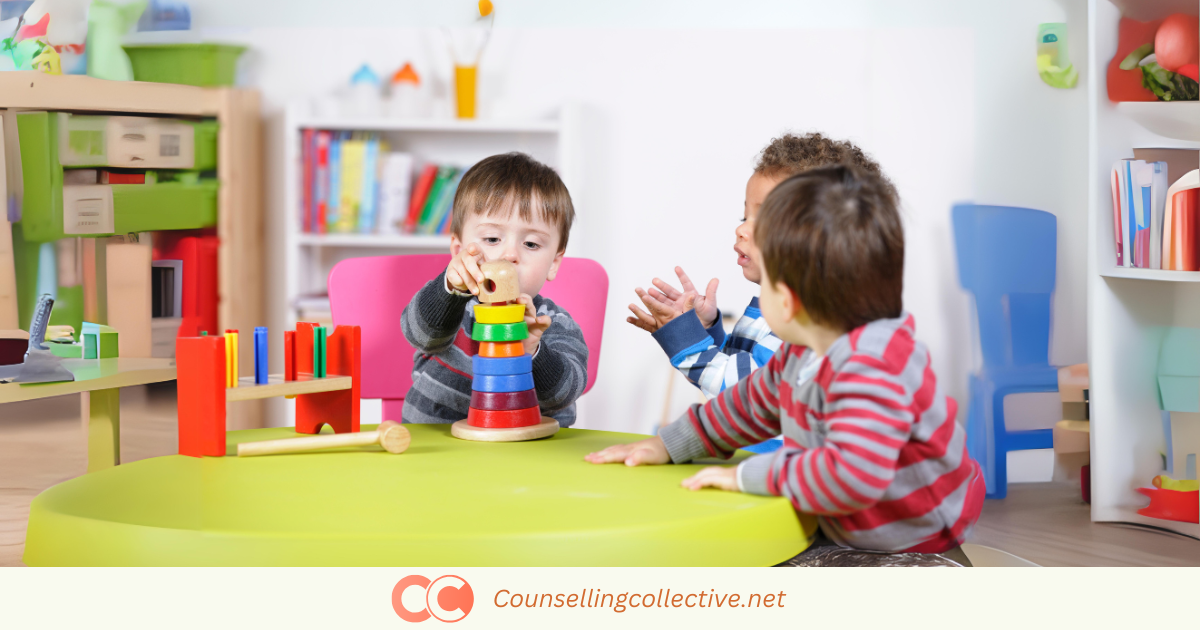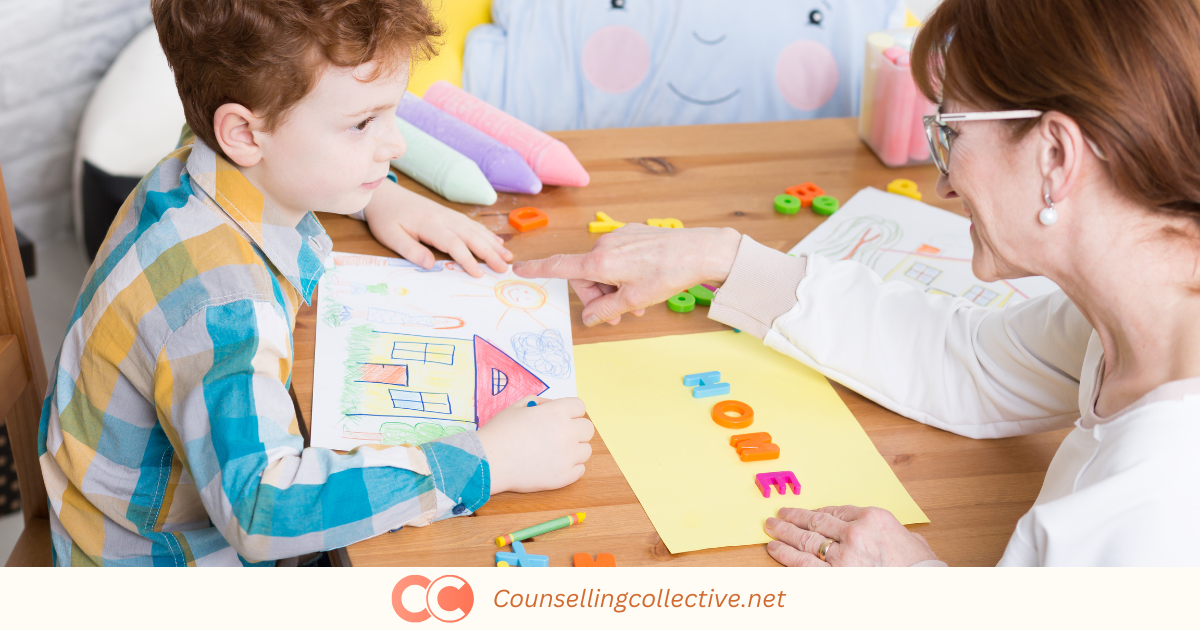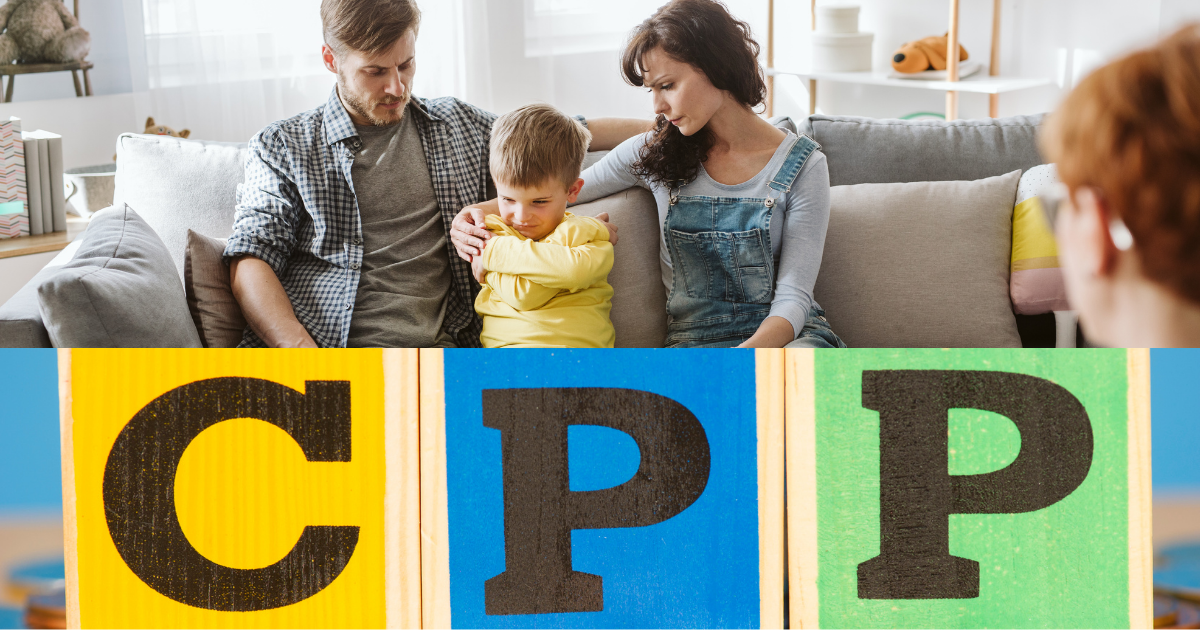Contents
Introduction

Developmental-Behavioral Therapy – Techniques, Applications, and Effectiveness
Developmental-Behavioral Therapy (DBT) is a psychotherapeutic approach that integrates developmental psychology and behavioral techniques to address emotional, behavioral, and cognitive challenges in children. It focuses on the interplay between developmental milestones and behavioral issues, offering individualized strategies to help children meet developmental goals.
This article will explore the foundational principles of DBT, its key techniques, applications, and overall effectiveness. It will also address common misconceptions, criticisms, and highlight the importance of this approach in treating childhood developmental and behavioral disorders.
What is Developmental-Behavioral Therapy?
If your child is facing developmental, learning, or behavioral challenges, a developmental-behavioral pediatrician has the specialized training and expertise required to thoroughly evaluate and manage their care. These professionals are adept at addressing the full spectrum of issues by considering both the medical and psychosocial aspects of developmental and behavioral problems. Their comprehensive approach ensures that they can effectively assess, diagnose, and develop treatment plans tailored to the unique needs of children and adolescents, providing holistic support for their overall development and well-being.
Why Developmental-Behavioral Therapy is Important
DBT is crucial for treating children who exhibit developmental delays, behavioral issues, or emotional challenges. By focusing on both behavior modification and developmental support, DBT helps children meet key milestones while also addressing problematic behaviors. It provides a structured yet flexible framework that considers a child’s unique developmental needs. DBT is especially effective in helping children who may struggle to cope with environmental changes or express emotions effectively, offering practical tools to foster emotional resilience, social skills, and cognitive growth.
Real-Life Example: Consider a 7-year-old child diagnosed with ADHD who participates in Developmental-Behavioral Therapy (DBT) to enhance focus and social skills. During therapy sessions, the therapist employs task analysis to deconstruct daily activities into smaller, manageable steps, which aids the child in staying organized and completing tasks more effectively.
Core Concepts
- Developmental Milestones: Key stages in a child’s growth, such as motor skills, language development, and social interaction, are used by therapists to assess progress and identify delays or challenges. In Dialectical Behavior Therapy (DBT), behavioral techniques are employed to address developmental obstacles, helping children achieve these milestones effectively. DBT focuses on building skills to manage emotions and behaviors, which can facilitate reaching key developmental goals.
- Behavior Modification: This involves using structured interventions to reinforce positive behaviors and reduce negative ones. Techniques include positive reinforcement (rewarding desired behaviors) and task analysis (breaking tasks into manageable steps). Behavior modification aims to improve specific behaviors by creating a supportive environment that encourages positive change.
- Parental Involvement: In DBT, parents are integral to reinforcing therapeutic techniques at home. Parent training helps them apply DBT strategies consistently, supporting their child’s development and behavior management. This involvement ensures that therapeutic gains are maintained and extended beyond therapy sessions.
Techniques Used in Developmental-Behavioral Therapy
- Social Stories: Personalized narratives that describe social situations and expected behaviors. They help children understand and navigate social interactions by providing clear examples of how to act in specific contexts. This technique is particularly useful for children with developmental delays or autism.
- Modeling Techniques: Demonstrating desired behaviors for children to observe and imitate. By watching and copying the therapist’s or caregiver’s actions, children learn how to perform tasks or engage in appropriate social behavior. It reinforces learning through visual and practical examples.
- Task Analysis: Dividing complex tasks into smaller, sequential steps to make them more manageable. Each step is taught individually, helping children grasp and complete the overall task more effectively. This method is beneficial for children who struggle with organization and task completion.
- Positive Reinforcement: Providing rewards or praise to encourage desired behaviors. This technique involves reinforcing behaviors with incentives such as verbal praise, tokens, or tangible rewards, which increases the likelihood that the behavior will be repeated.
- Role-Playing: Acting out scenarios to practice social skills and problem-solving. Through role-playing, children can rehearse responses to social situations, helping them learn appropriate behaviors and improve their social interactions and communication skills
Notable Figures in Developmental-Behavioral Therapy
Stanley Greenspan: A pioneer in child psychiatry, Greenspan developed the DIR/Floortime model, which emphasizes emotional and developmental milestones in treating behavioral challenges. His model integrates emotional engagement with developmental support, offering a comprehensive approach to understanding and addressing complex child behaviors.
Herbert Quay: Known for his work on behavioral disorders, Quay contributed significantly to understanding how developmental delays interact with emotional and behavioral problems. His research has informed effective treatment strategies, highlighting the importance of addressing both developmental and emotional aspects in behavioral interventions.
Sally Rogers: A developmental psychologist, Rogers focused on early interventions for children with autism, addressing social skills and emotional regulation through developmental and behavioral therapies. Her work emphasizes integrating developmental theory with practical interventions to improve outcomes for children with autism.
Stanley Greenspan- Image Source: thefloortimecenter.com

Theories Influenced by Developmental-Behavioral Therapy
- Applied Behavior Analysis (ABA): ABA emphasizes behavior modification through reinforcement and task analysis, similar to DBT. It focuses on breaking down behaviors into smaller steps and rewarding positive actions. DBT’s integration of developmental context complements ABA’s methods by considering developmental milestones in behavioral interventions.
- Eclectic Therapy: Eclectic Therapy combines techniques from various therapeutic approaches based on the client’s needs. DBT aligns with this by integrating behavioral techniques with developmental support, allowing therapists to tailor interventions to each child’s unique developmental and behavioral challenges.
- Play Therapy: Play Therapy uses play as a medium for children to express and resolve emotional and behavioral issues. DBT’s Developmental Play Therapy approach builds on this theory by using structured play to support developmental progress and behavioral change, helping children explore and address their issues in a developmental context.
- Attachment Theory: Attachment Theory explores how early relationships impact emotional and behavioral development. DBT incorporates elements of this theory by addressing developmental needs and fostering secure attachments through techniques like reparenting and positive reinforcement, thus supporting emotional growth and stability.
Applications of Developmental-Behavioral Therapy

Developmental Delays
DBT is highly effective for children with developmental delays, such as speech or motor delays, by providing targeted interventions that align with their developmental stage.
Example: A child with a language delay may engage in social stories and modeling techniques during therapy sessions. This approach helps the child improve their verbal communication and social interaction skills, leading to more effective and confident communication.
Image Source: thewarrencenter.org
DBT is often used to address behavioral disorders like oppositional defiant disorder (ODD) and attention-deficit/hyperactivity disorder (ADHD) through structured behavioral techniques.
Example: A child with ADHD may work on breaking down complex tasks into smaller, manageable steps with the help of their therapist. Additionally, positive reinforcement strategies are used to encourage better focus and impulse control, gradually reducing disruptive behaviors and improving task completion.
Image Source: drsmitapatilzope.com

Behavioral Disorders

Autism Spectrum Disorder
DBT is beneficial for children with ASD by focusing on social skills training and developmental play therapy to address social and emotional challenges.
Example: A therapist uses role-playing and social stories to help a child with autism learn appropriate social interactions and communication strategies. This tailored approach assists the child in developing better social skills and navigating peer relationships more effectively.
Image Source: psychicare.com
Common Myths About Developmental-Behavioral Therapy
| Myth | Clarification |
| Developmental-Behavioral Therapy is only for children with severe developmental disorders. | DBT is designed to support children across a spectrum of developmental and behavioral issues, including mild to moderate challenges. It addresses everyday difficulties, such as enhancing emotional regulation and social skills, making it applicable to a broad range of needs. |
| DBT focuses only on behavior, not development. | DBT integrates behavioral techniques with developmental theory, ensuring that interventions address both immediate behavioral issues and long-term developmental milestones. This dual focus helps create a more comprehensive therapeutic approach that supports overall growth and progress. |
| DBT is just a form of behavioral therapy. | While DBT employs behavioral techniques, it uniquely combines these methods with developmental insights to address the child’s growth and maturation. Unlike traditional behavioral therapies that may focus solely on behavior modification, DBT emphasizes the importance of aligning interventions with developmental stages. |
| DBT is a one-size-fits-all approach. | DBT is tailored to each child’s specific developmental needs and behavioral challenges. The therapy adapts techniques to the individual child’s developmental stage, ensuring that interventions are relevant and effective for their unique circumstances. This personalized approach distinguishes DBT from more generalized therapeutic methods. |
Criticisms of Developmental-Behavioral Therapy
- Limited Focus on Emotions: Some critics argue that DBT might place too much emphasis on behavior modification, potentially neglecting the emotional development aspects of therapy. They suggest that this focus could overshadow the emotional needs of children. However, many therapists are aware of this concern and incorporate additional emotional support techniques and interventions to ensure a balanced approach that addresses both behavioral and emotional growth.
- Parental Burden: DBT necessitates a high level of parental involvement, which can be demanding for families who face constraints such as limited time or resources. The requirement for active participation from parents in implementing therapeutic techniques at home can add to their stress. Despite these challenges, parental engagement remains a crucial element in reinforcing behavioral changes, and therapists often provide guidance and support to help families manage this responsibility effectively.
- Cultural Sensitivity: Some critics point out that DBT’s focus on developmental milestones may not fully consider cultural variations in child-rearing practices. This lack of cultural sensitivity might lead to challenges in applying DBT principles across diverse backgrounds. Nevertheless, many therapists are making efforts to adapt DBT to be more inclusive and culturally relevant, ensuring that the therapy respects and integrates cultural differences in parenting and developmental expectations.
Conclusion
Developmental-Behavioral Therapy (DBT) is an effective and integrative approach designed to address a range of developmental and behavioral challenges in children. By synthesizing behavioral techniques with developmental support, DBT provides a comprehensive framework that aids children in achieving developmental milestones while simultaneously addressing and resolving problematic behaviors. This approach is particularly beneficial for children with developmental delays, autism spectrum disorder (ASD), attention-deficit/hyperactivity disorder (ADHD), and various behavioral disorders DBT offers practical and adaptable tools that foster emotional resilience, cognitive growth, and social skills, helping children to thrive in multiple areas of their lives.
References
- Greenspan, S. (1997). The growth of the mind: And the endangered origins of intelligence. Addison-Wesley.
- Rogers, S. J. (2000). Interventions for children with autism spectrum disorders. Guilford Press.
- Quay, H. C. (1995). Handbook of disruptive behavior disorders. Springer.
- ABA International. (2022). Applied behavior analysis: Principles and practices. Behavior Analyst Certification Board.
- Greenspan, S., & Wieder, S. (2006). The child with special needs: Encouraging intellectual and emotional growth. Perseus Books.
- Mahoney, G., & Perales, F. (2003). The role of early intervention in promoting child development. Routledge.
- Skinner, B. F. (1953). Science and human behavior. Macmillan.
- Schopler, E., & Mesibov, G. B. (Eds.). (1995). Behavioral approaches to autism. Plenum Press.
- Lovaas, O. I. (1987). Behavioral treatment and normal educational and intellectual functioning in young autistic children. Journal of Consulting and Clinical Psychology, 55(1), 3–9.
Explore more Theories & Therapies







